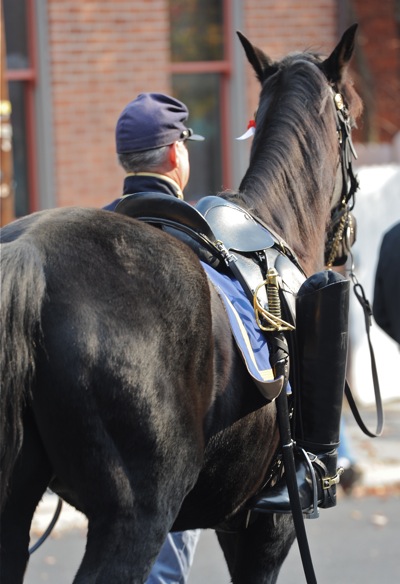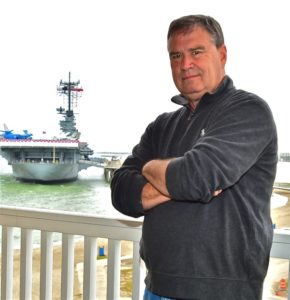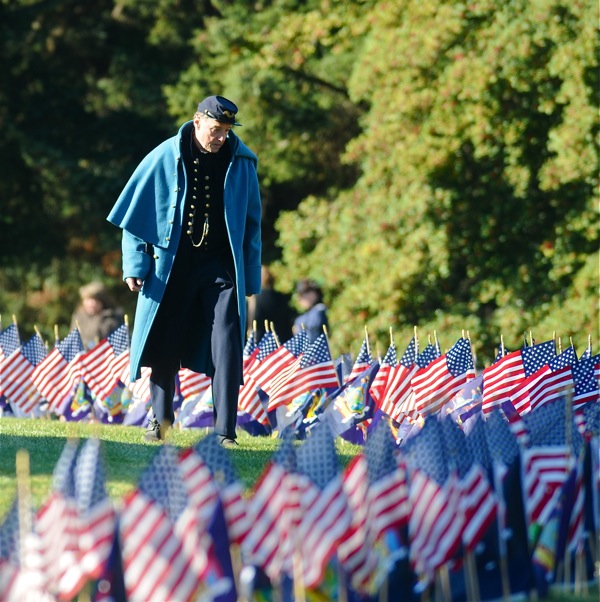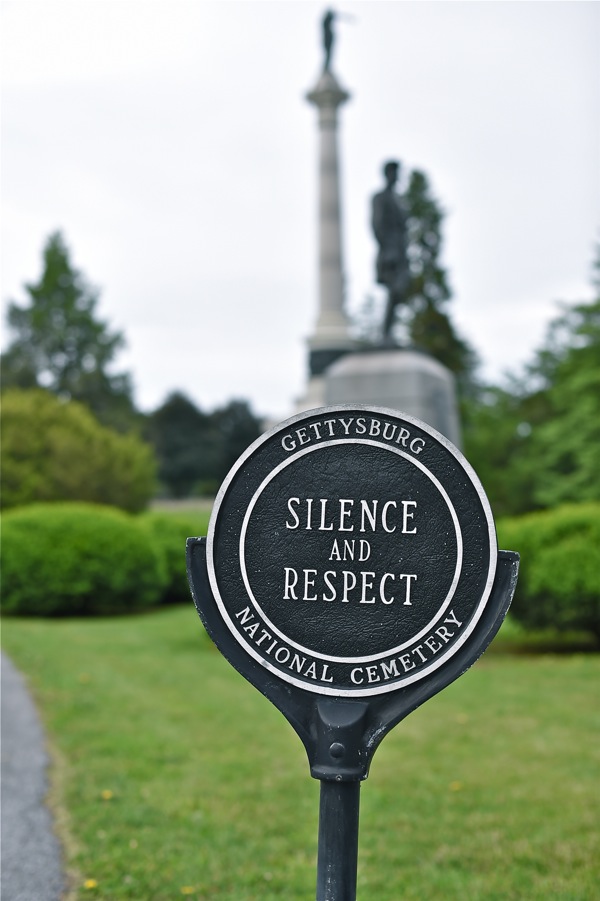When I was young they taught us to appreciate the holiday as much, or more, than your birthday. And here’s how I learned about Memorial Day, what it means to me still, and what we’re losing with each passing year.
It was about 1959 as I recall – Memorial Day weekend. I would have been seven years old at the time and my maternal grandmother, Ethel Simpson, took me to the Methodist Cemetery, in Getaway, Ohio to decorate her uncle’s gravesite.
Grandma by then was in her seventies, in wonderful health, and annually paid tribute to the Civil War veterans from that little southern Ohio community (outside Ironton) who served or died in the Civil War. It was called ‘Decoration Day’ back then, and Decoration Day was observed to honor the veterans of that great war. She would cut fresh dahlias and gladiolas from her flower garden and put them on the grave of Private Joshua Kite (her uncle) and the others buried there.
Being an impetuous youth I would ask, “What are we doing this for?”
“Because we have to pay respect and gratitude to the soldiers,” she would answer.
“What did they do?” I would pester, continuing to question.
“They died in the war.” she would say.
“What war?”
“The war between the states,” she offered, becoming more agitated by the second.
“Where are they now?” I would ask, and….”Do they know we’re doing this?”
Grandma was tolerant, but there were times when her patience wore thin – when she would either show me the back of her hand or grab me by the arm and yank me to the car if she was finished.
But the point is, through that experience I learned a different appreciation for Memorial Day, its significance, and its relevance – different than what children learn today. Now it’s just an opportunity for a parade in the morning and a three-on-three basketball tournament in the afternoon – the cheerleaders have a car wash to raise money. Back then I was taught in school that Memorial Day was necessary because those soldiers died – actually died in gruesome combat at Gettysburg, at Omaha Beach, and Iwo Jima – so that Americans could live in peace and freedom without the fear of threat from a foreign power.

Tribute to the fallen at Gettysburg, boot backward in stirrup and an empty saddle.
We don’t emphasize that anymore. When I was in school they taught Civil War history, and about how 54,000 men were shot in three days at Gettysburg. We learned about the Crater explosion at the Battle of Petersburg…that 7,000 Union troops were lost in a matter of minutes at the battle of Cold Harbor, attacking Confederate troops in the fog on June 3, 1864.
Today, they barely mention the Civil War in public schools, and if they do the focus is on the abolition of slavery and its relevance to modern culture. They don’t talk about the fighting and the dying necessary to restore the Union and the United States of America as we know it today.
One of the most impressive Memorial Day services I ever saw was in the late 70s when I was working in Savannah, Georgia. I made it a point to observe the ceremony performed by the Daughters of the Confederacy…and how they called out the names of each soldier buried in the local cemetery. “John Daniels…shot at Chickamauga. Thomas Ledlie…killed at Spotsylvania.” So on and so on as they went through the list of what seemed like hundreds. You could have heard a pin drop. A trumpeter played ‘Taps’, and there was a 21-gun salute.
They also honored the post-Civil War soldiers, as well, the fallen soldiers of the ‘United’ States that died in World War I, World War II, Korea, and Vietnam. They left no one out, and they were all equally honored for having given their life for the cause of their generation, then and now.
Today we give lip service to the sacrifice of such fallen, because we don’t impress upon our young the finality of service and sacrifice. We know that those lost are gone, but we soften the details because the reality is just too tough – to harsh to explain. In fact, I suspect that not one in a hundred understands that the casualty rate among Civil War soldiers back then was upwards of 30%. That’s unheard of in this day of warfare, when even 10% would be considered a carnage.
 And at Gettysburg, where I travel annually to observe this weekend’s holiday, school groups are taught the more acceptable consequences of the great three days of battle, just 156 years ago this summer. They don’t talk about Pickett’s Charge in terms of George Pickett losing an entire division of troops, shot down in their attack on the Union Center by enfilading artillery and massed rifle fire behind the stone wall of Cemetery Ridge. If they even go to the national cemetery they don’t take time to explain why many of the grave markers have numbers and not names – those so badly mangled that they could not be identified.
And at Gettysburg, where I travel annually to observe this weekend’s holiday, school groups are taught the more acceptable consequences of the great three days of battle, just 156 years ago this summer. They don’t talk about Pickett’s Charge in terms of George Pickett losing an entire division of troops, shot down in their attack on the Union Center by enfilading artillery and massed rifle fire behind the stone wall of Cemetery Ridge. If they even go to the national cemetery they don’t take time to explain why many of the grave markers have numbers and not names – those so badly mangled that they could not be identified.
I come here each year because even at my age I need to be reminded, as we all do, that freedom and a way of life isn’t free. There was a price to be paid, and it was paid, regardless of the spin that modern culture puts on it. To me, it makes Memorial Day the most significant of all holidays.
Someone died for all of this, and I suspect that the sooner we begin teaching that again the sooner we begin to feel more united as a country – over race, class warfare, and social differences. I would imagine there’d be a different appreciation by those seeking refuge in this country if they understood that the German and Irish immigrants of the 19th century freely fought and died in the Civil War as a debt to the better life they sought by coming to America.
My sense is we’ve lost that now. And the sooner we find it again – if we ever do – the better.


